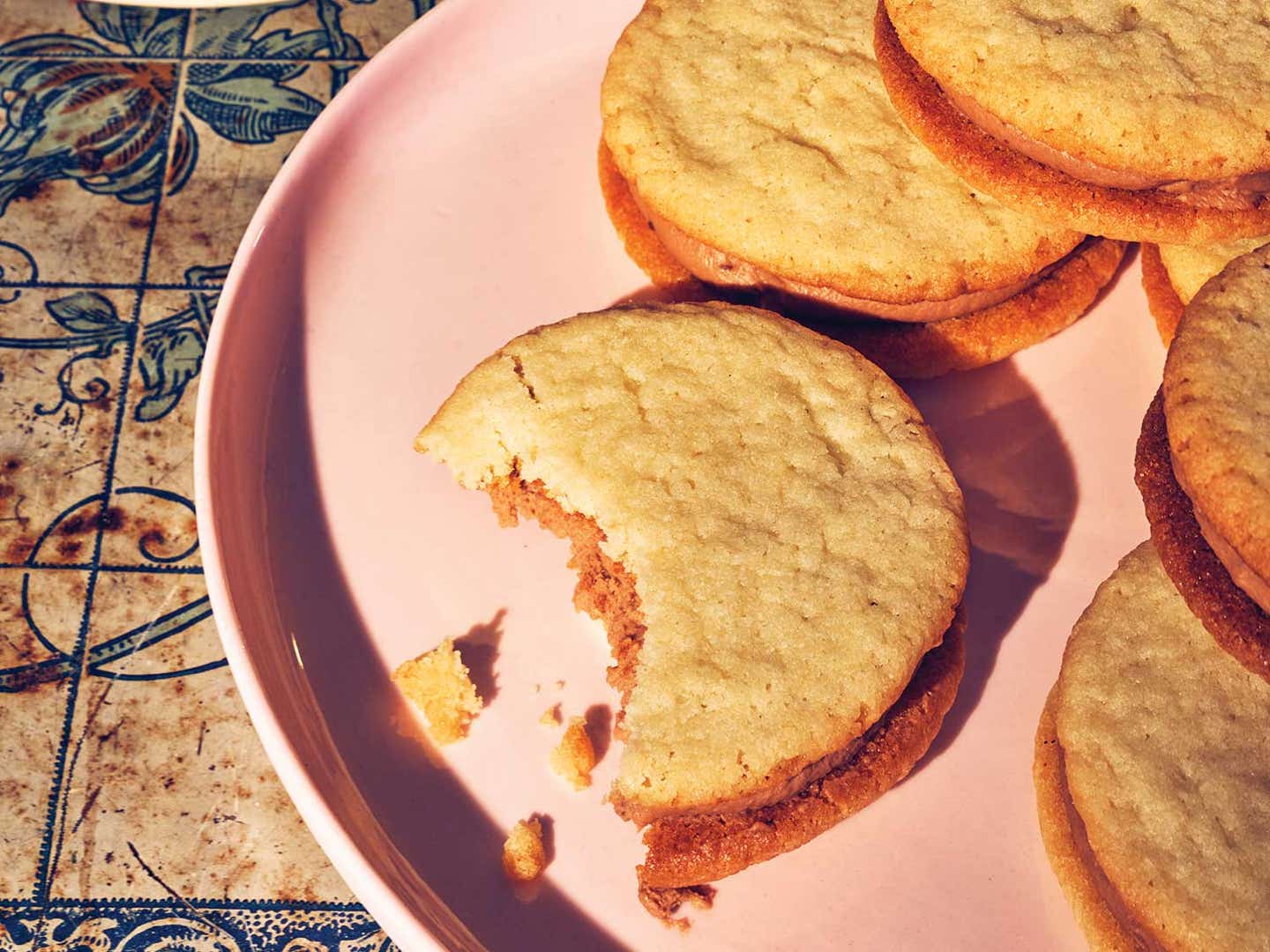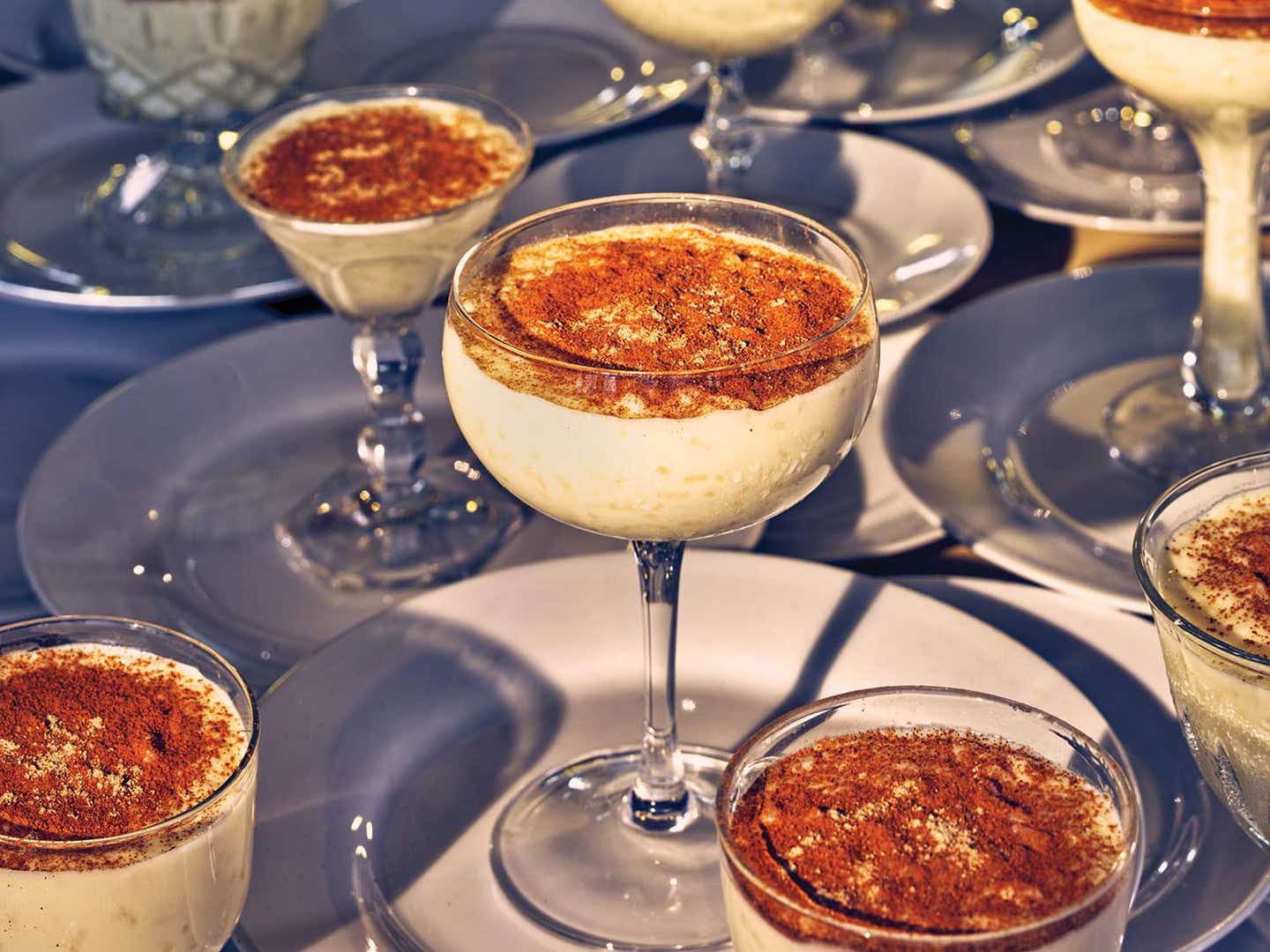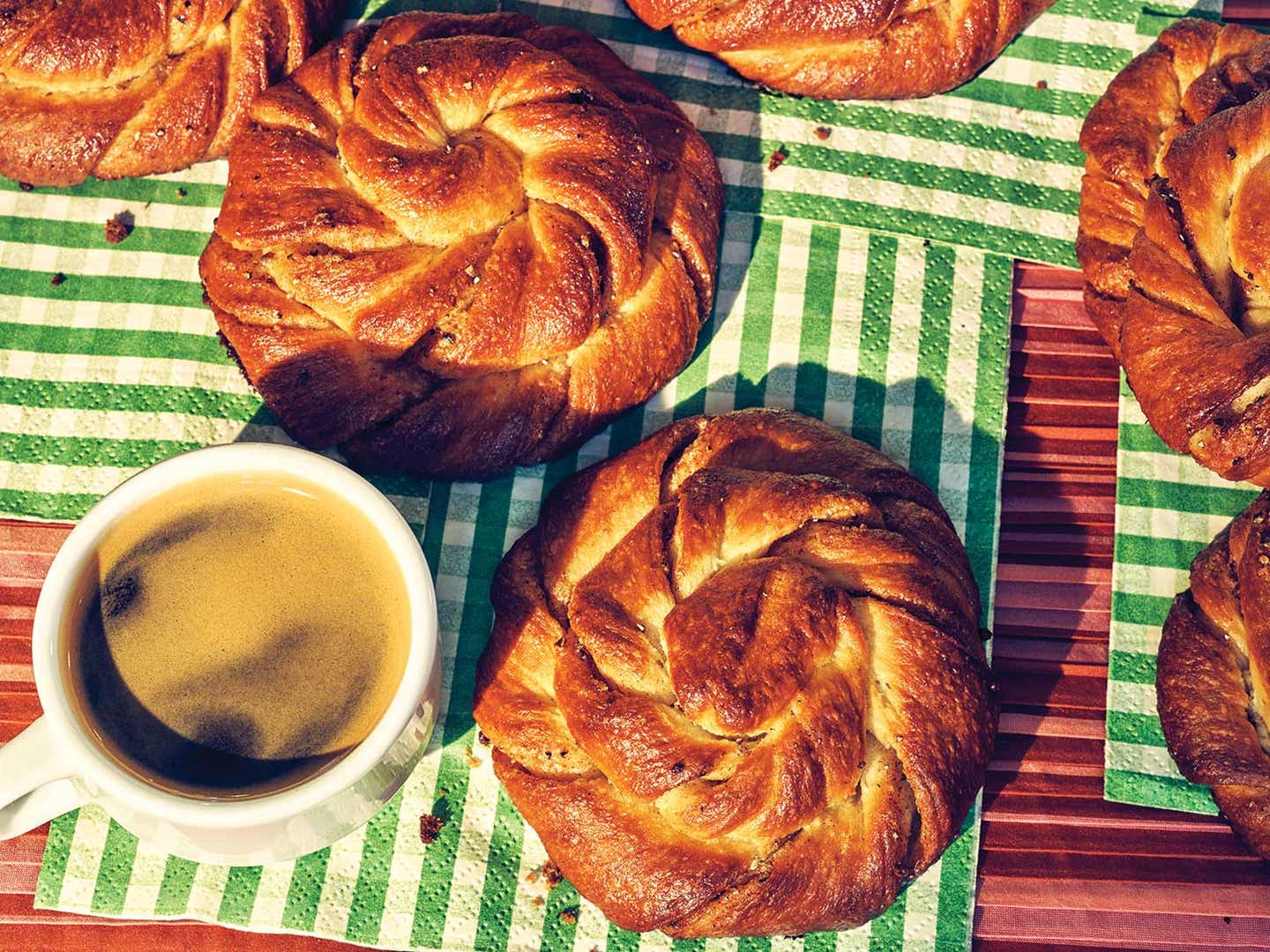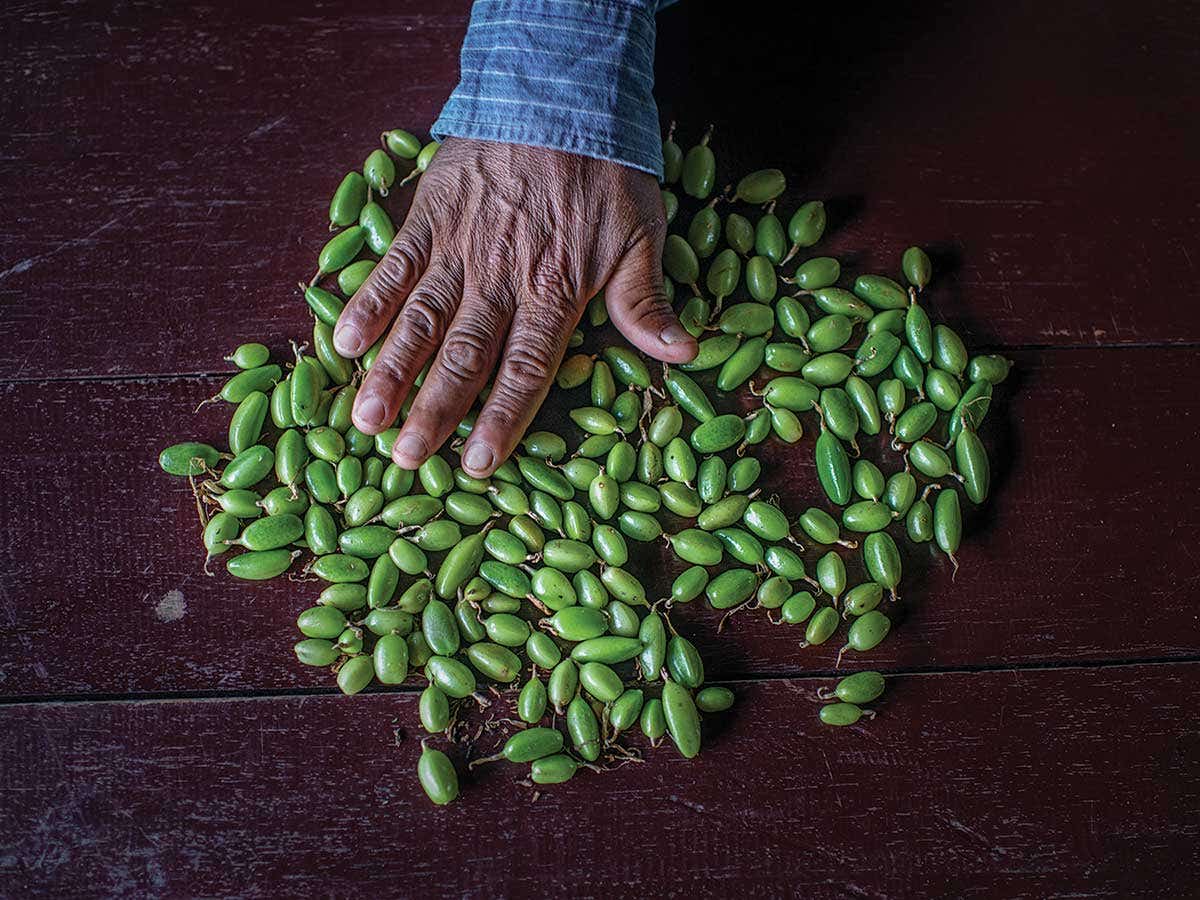
Meet the Farmer Shaking Up the Guatemalan Cardamom Trade
More than half of the world’s Cardamom come from this Central American nation, where an intrepid farmer is working to make the way it is grown and traded better for consumers and locals alike
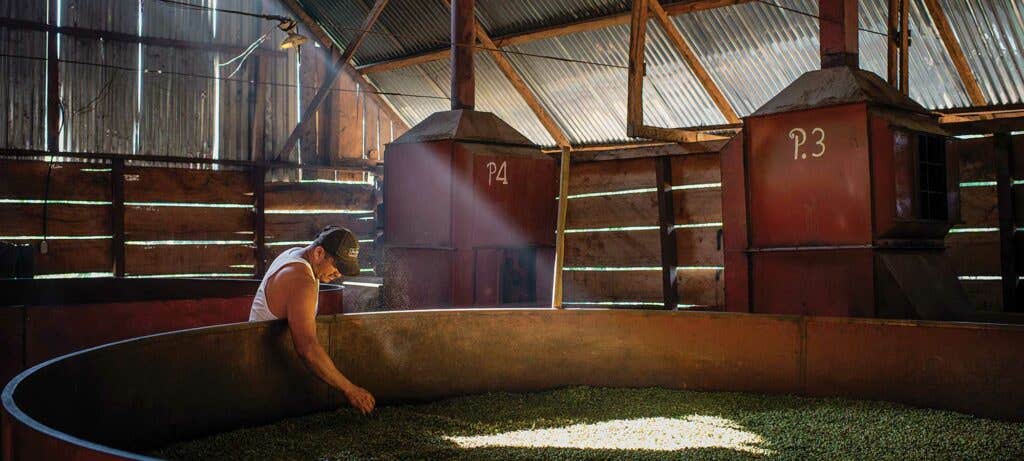
Before we can see the cardamom plants, Amilcar Pereira and his men have to castrate the bulls. That morning, in a pickup truck on the bumpy mountain climb to the cloud forests of Guatemala’s Alta Verapaz, I was privy to Pereira the theologian. Our discussion about his new export company, 786 Gexsa, prompted a half-hour sermon on the roles of god and personal responsibility in family and commerce. He named his first business FedeAgro, a portmanteau of the Spanish words for faith and agriculture. “They’re both tiny things that get bigger.”But now it’s time for Pereira the cowboy—lasso, hat, pistol. He directs his crew to corner a bull and tosses a rope over its horns. A few more lassos and the bull is down, legs outstretched, suddenly silent and docile. As one man douses its genitals with grain alcohol, another unfolds a Swiss Army knife, yanks the scrotum taut, and excises the testes in two quick cuts. More grain alcohol to wash the wound. A splash of iodine and a squeeze of sour orange to cleanse it. Pereira loosens the ropes and the bull is off. The scents of citrus and cow dung mingle in the vaporous haze.
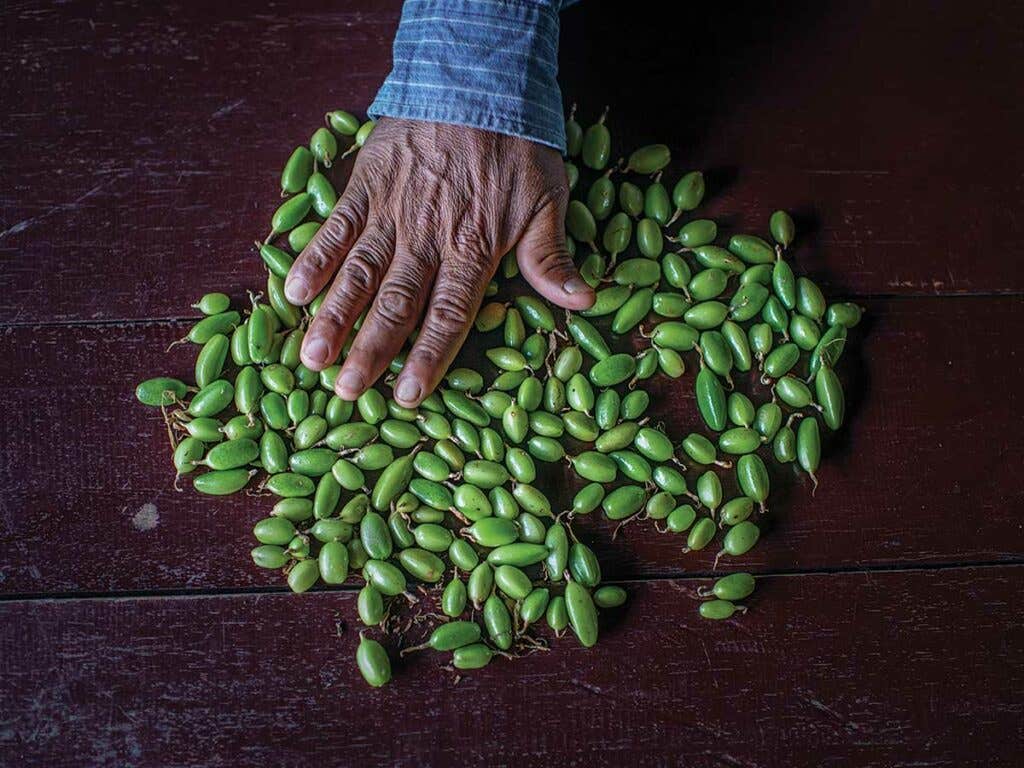
We break from the heat for an early lunch, but Pereira is constitutionally incapable of sitting still. He gobbles his beans and tortillas, then asks if we’re ready to hike up to the part of the farm where the cardamom grows. An hour later, after climbing narrow trails cleared by machetes, we’re nearly there. I’m panting as loud as the bull had that morning and can barely keep up. Pereira, 54 going on 25, circles back to tell us there’s just one more ridge. He slaps his arm on my doubled-over back and says with a laugh, “Race you to the top.”
Green cardamom is the third-most-expensive spice in the world, behind saffron and vanilla. Across the Middle East, the Indian subcontinent, and Nordic Europe, cooks and bakers relish its floral fragrance and menthol bite, and use it in everything from rice pilaf and curry gravies to baklava and butter cookies. But the world’s leading producer of cardamom since 1980 is a country with zero cultural connection to the spice: Guatemala.
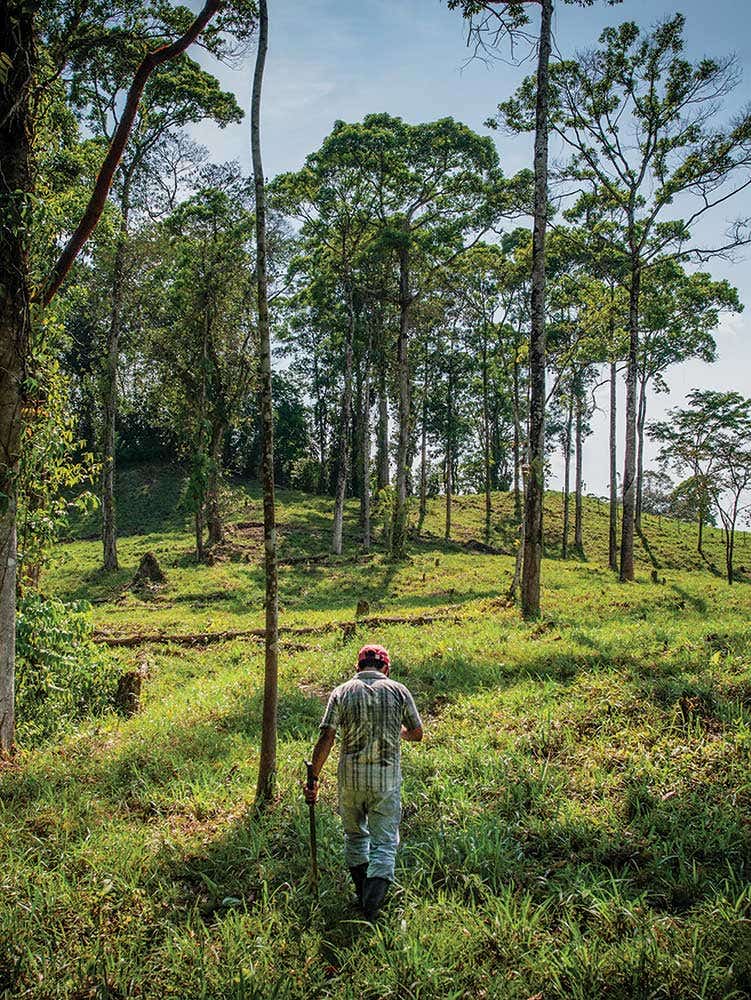
In 1914, a German plantation owner named Oscar Kloeffer brought green cardamom to his Guatemalan coffee estate to see if he could undercut growers along the plant’s native Malabar coast in the kingdom of Travancore, in what is now the southern Indian state of Kerala. Cardamom thrives in relatively cool, humid air at high altitude, and it turns out Guatemala’s cloud forests are the perfect environment for it. These days, the country produces around 30,000 metric tons of cardamom per year—well over half the global supply—and 70 percent of it comes from the northern department of Alta Verapaz.
Virtually all of that cardamom is for export; like many spices, it is far more valuable as a cash crop than an ingredient for local use, and despite its presence in the nation’s agriculture for more than 100 years, most Guatemalans never developed a taste for it.
Instead, all that cardamom gets shipped to the Middle East, the world’s leading consumer region of the spice, or to India, parts of Europe, or the U.S. The international spice trade is far from transparent, and though Guatemala is a powerful name in the wholesale market, commodities like cardamom rarely receive origin designations the way balsamic vinegar or prosciutto do. Once in India, Guatemalan pods might get mixed with Indian stock, then perhaps packaged and resold as Indian cardamom. Most of the time there’s simply no country of origin listed at all.
Which is why I've followed my friend Ethan Frisch to Guatemala to meet Pereira. Frisch is a chef and aid worker I met back when he was pushing a cart around New York, selling scoops of homemade ice cream and donating his profits to a street-vendor-advocacy organization. After working on development projects in Afghanistan and Jordan, he started an import business called Burlap & Barrel, selling high-end spices to restaurants and cooks in the model used by specialty chocolate and coffee companies. Instead of ordering through the largely anonymous network of commodity wholesalers that have controlled the global spice trade since its inception, Frisch buys directly from small, independent farms and pays them above-market rates to secure their best products. (Disclosure: I hold an unpaid position on Burlap & Barrel's advisory board but have zero equity or stake in the company.)
Frisch was drawn to Pereira, he tells me, because in all his travels around Guatemala in search of suppliers, Pereira and his partner, Francisco Lavignino, are the only exporters who also grow and process their own pods from start to finish. Frisch is now their sole American importer. Other industry insiders confirm that they run the country’s only vertically integrated cardamom business. It doesn’t hurt that Pereira grows exceptional cardamom: piney, resinous, refreshing as a blast of Arctic air—and that he’ll talk your ear off about it.
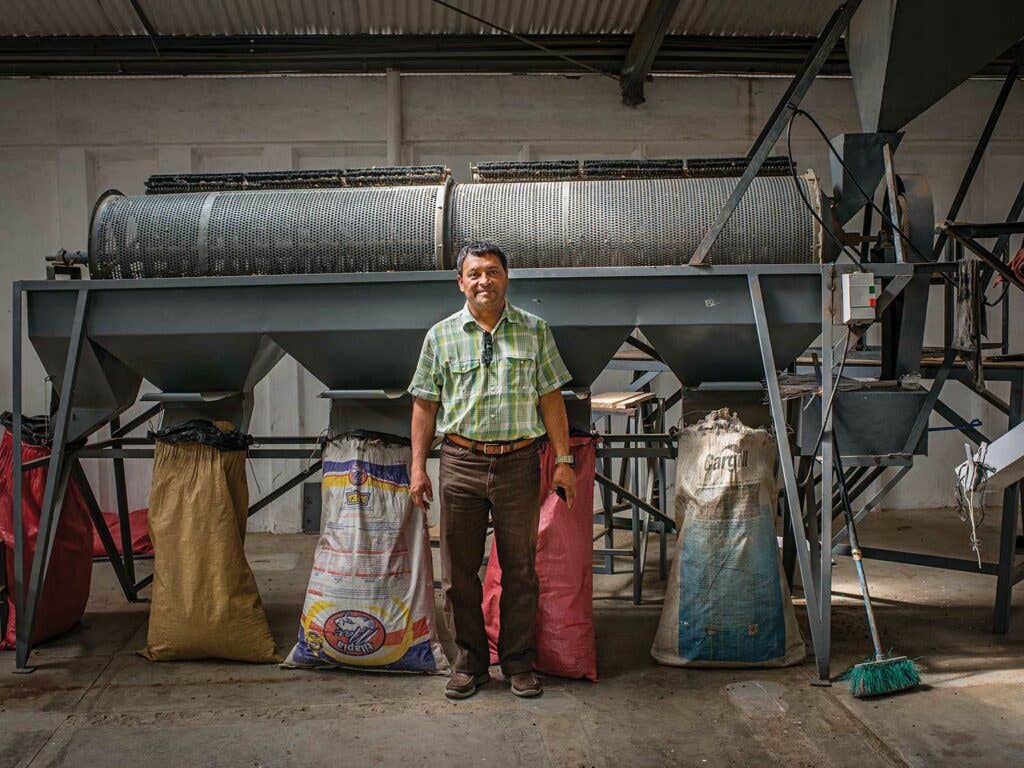
Pereira’s farm spans from pasture to jungle. Cattle and turkeys graze in the valleys, and fruit trees climb the hillsides. His cardamom fields are secreted deep in the forest, though “fields” implies level land and tilled earth and neatly placed rows of plants, none of which apply here. Instead, call it a cardamom sanctuary, nature gently nudged into a haven for this interloper species from half a world away.
The stalks loom over us like Jurassic ferns. Each plant shoots dozens of them from the soil, and their diaphanous leaves form a canopy above our heads. Cardamom is a relative of ginger, and its seed pods, the only edible parts of the plant, grow on vines that hug the ground, hidden from sunlight. Native trees tower over the stalks, their fallen leaves forming a bed of nutrients to feed the cardamom. Pereira doesn’t bother with the expensive process of organic certification, but by cultivating the plants biodynamically and cloning high-yield varieties, which doesn’t require clearing more land, his methods are as close to natural growth as you can get.
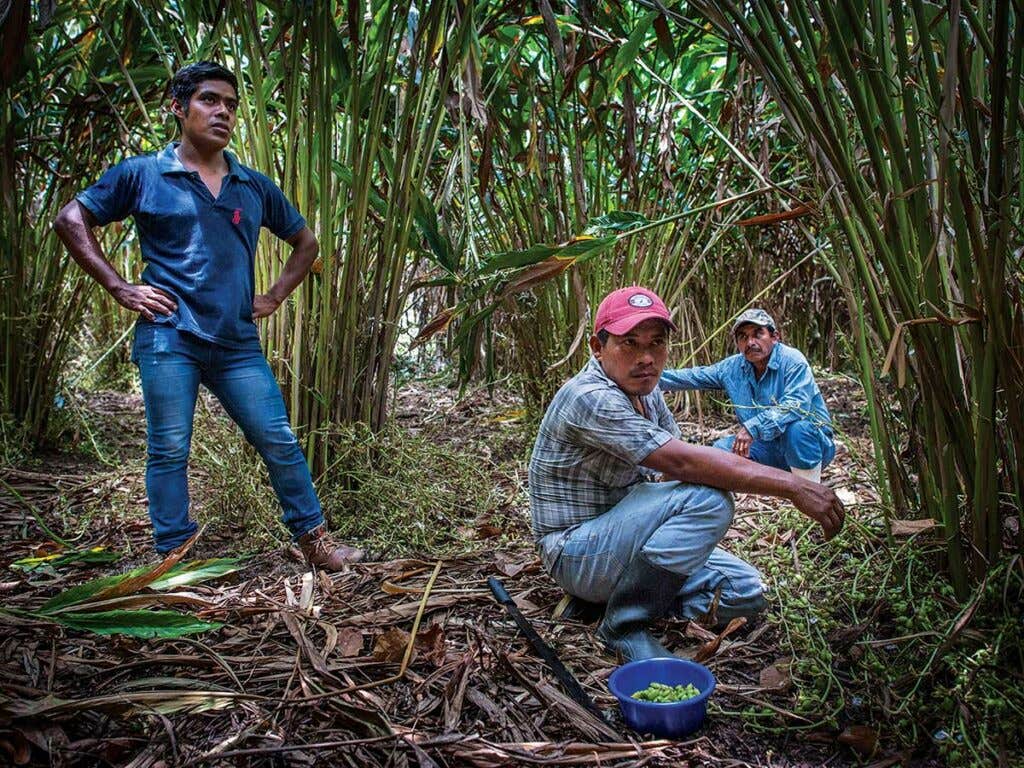
Pereira calls Frisch over to inspect a vine nearly ready for harvest. He’s taken off his cowboy hat, literally and figuratively. Out in the forest, it’s time for Pereira the naturalist. You know the cardamom is ready to pick, he says, by the softness of the pod. It should give a little, like a green olive, though selecting the right ones is entirely a matter of feel and experience—part of the laborious manual process that makes it so expensive.
Almost all of the cardamom farms in Alta Verapaz are minuscule operations run by Guatemalans of Mayan heritage, some as small as individual plots worked by families one poor harvest from destitution. Once these smallholder farmers pick the fresh pods, they have fewer than 12 hours to offload the harvest before it begins to rot. Drying machines are far too expensive for most, so instead farmers sell their haul to buyers at local markets who set prices indiscriminately, and rarely in the farmers’ favor. These intermediaries then sell to drying facilities, which in turn sell to packers and exporters, which set their own prices by the global commodities market. A supply chain that begins with tens of thousands of poor indigenous farmers ends with a mere handful of wealthy exporters, in many cases descendants of the original German plantation owners.
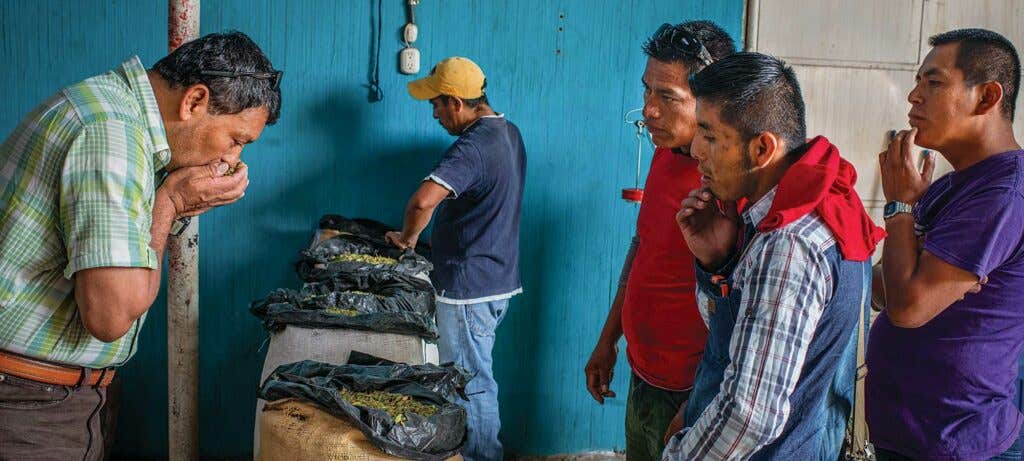
Pereira began his career a rung below these poor farmers, as a Q’eqchi’-speaking laborer who’d work on others’ farms during harvest. He had dreams of becoming an engineer but soon learned his talents were better suited to wheeling and dealing than studying. “It was easy,” he boasts. “Work more, save more, buy more. It was always about finding better quality, producing with better methods, doing better business.” He eventually earned a degree in theology and did a tour in a military intelligence unit during the civil war that ravaged Guatemala from 1960 to 1996. When he returned to civilian life, he bought a small farm in Alta Verapaz, only to come into conflict with drug traffickers who frequented his land on their way to Mexico. He soon sold that property to buy his current farm, and put his picaresque life experience to work growing high-quality cardamom. “I’ve been the beneficiary of enormous miracles,” he says.
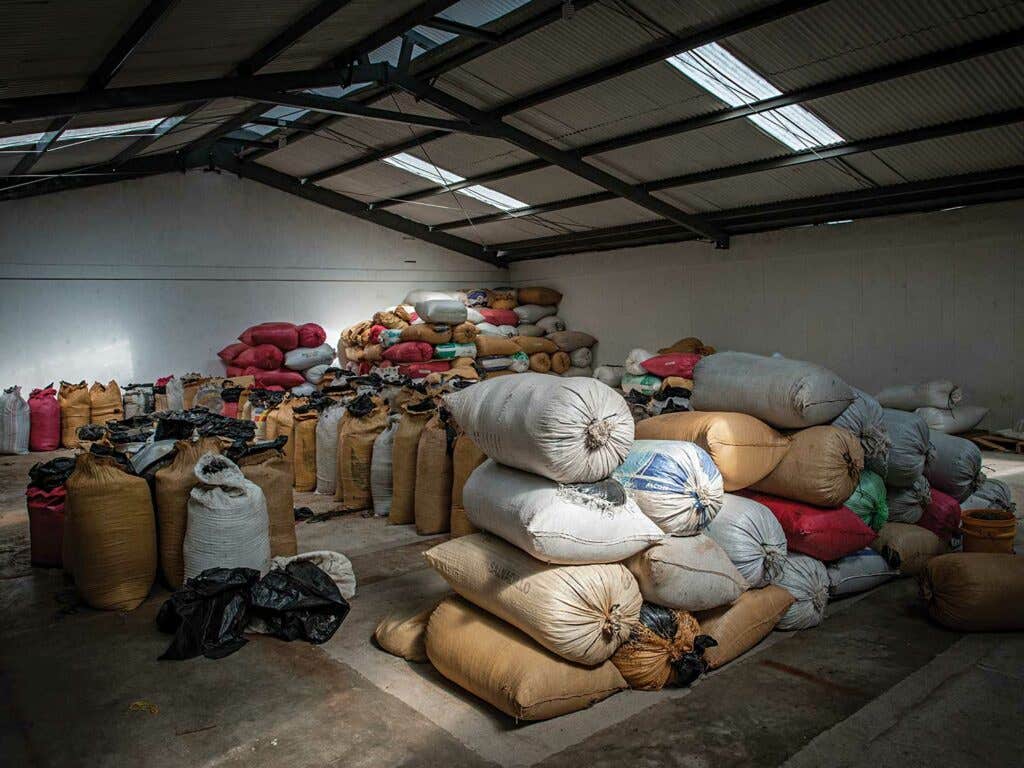
Traffickers don’t bother him now, but Pereira keeps a pistol in his pickup truck all the same. It’s a smart precaution in a business where some buyers negotiate behind the barrel of a gun. This is one of the reasons he and Lavignino have spent the past 15 years building an alternative supply chain all their own. What Pereira doesn’t grow himself, he buys from a growing cadre of nearby farmers, to whom he pays a premium for superior-quality cardamom. He owns a drying facility that processes the fresh pods up in the mountains, and in the city of Cobán, his warehouse handles the intensive steps of cleaning, sorting, grading, and packaging. Pereira is responsible for the supply side of the business; Lavignino is the head of sales. In 2017, the partners sold 36 shipping containers’ worth of cardamom to wholesale clients in Pakistan, Dubai, Israel, Spain, and Romania. This year, they hope to hit 60.
Three hours’ drive from the misty cloud forest, the city of Cobán is awash in color. Tourists usually bounce between Guatemala City and Antigua, but little Cobán is on the way to hot springs and scenic vistas that draw visitors in search of natural beauty and indigenous Mayan cuisine. The city is also the local capital of the cardamom business, where packers sort and grade raw product for the major export companies.
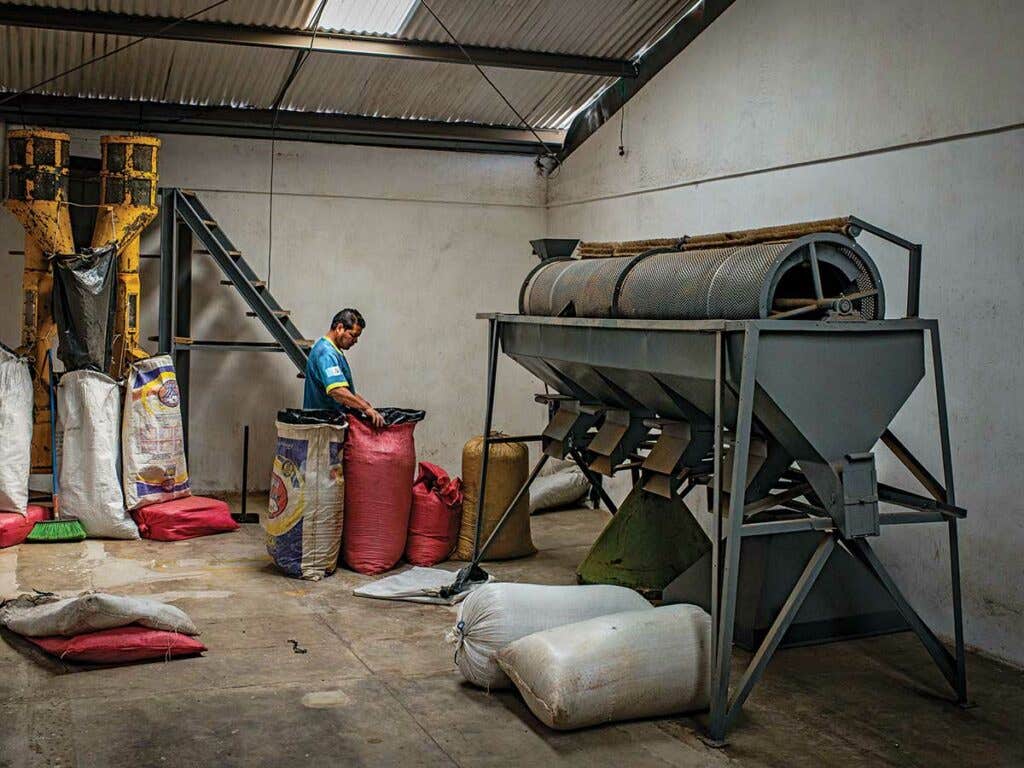
Pereira’s cardamom dryers on the mountain, repurposed coffee dryers, are hulking wood-fired machines. His warehouse in Cobán, on the other hand, is a portrait of modern industry. New batches are inspected by hand, then sent through high-tech equipment that cleans, sorts, and grades the pods by color and size. Machinery like this costs a small fortune in Guatemala, well out of reach of most producers, but Pereira considers the investment an essential part of the export company’s growth. While he and Lavignino can’t compete on volume, they’re able to sell a particularly high-quality product to smaller buyers in search of a genuine specialty ingredient, not just a commodity. Frisch’s haul on this trip amounts to a couple hundred pounds packed in our luggage. An order that small wouldn’t even get you in the door at a major wholesaler.
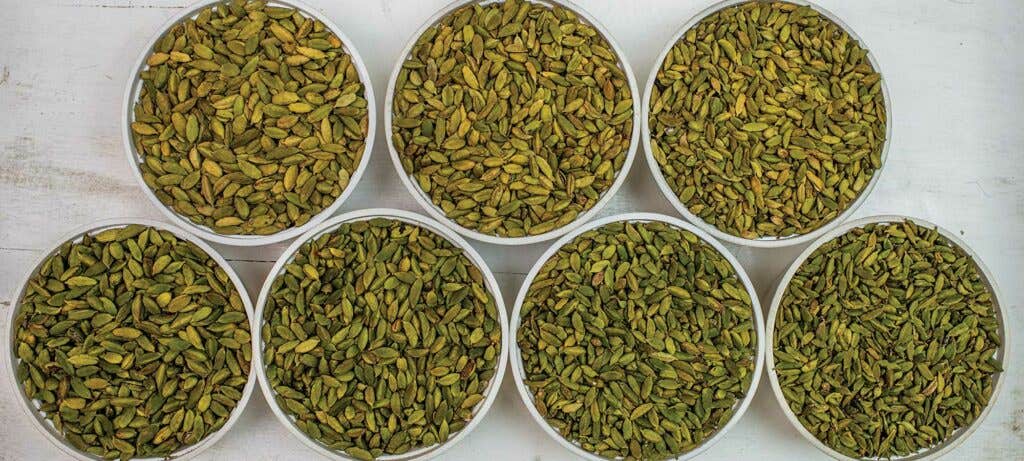
“If Pereira is to succeed, he can’t rely on the typical markets for cardamom,” says Juan Manuel Girón, an agronomist at the nonprofit Heifer International. “He will have to build new markets of his own.” Girón lives in Cobán and works with cardamom farmers to improve the efficiency and quality of their harvests. He’s watched Pereira’s blossoming enterprise with interest for years, and considers it a potential model for other growers. Adding value at the source is critical, he says, for small farmers looking to improve their bargaining position and escape the hand-to-mouth poverty cycle that so often accompanies cash-crop agriculture. But to really succeed, farmers also need buyers to believe in what they’re doing, and the infrastructure to support their growth.
Between the fields and the warehouse, 786 Gexsa employs 35 people. That doesn’t include the 200 partner farmers Pereira buys from, smallholders used to living at the whims of the harvest that he’s guiding toward greater self-sufficiency. “Growing up,” he says, “everyone around me was struggling. They didn’t believe in themselves or that anything could change. I feel a responsibility to show them they can succeed. God put us here to pursue our dreams and provide for our families. Anyone who disagrees is dead wrong.”
Baking with Cardamom
This fragrant spice is used all over the world in an array of sweets
Recipes by Kat Craddock and Stacy Adimando
Cardamom-Rose Cake Donuts
The flavoring in these donuts is inspired by Persian desserts, which often combine flower waters and herbaceous cardamom. Get the recipe for Cardamom-Rose Cake Donuts »
Cardamom Rice Pudding
Rice puddings can be found in almost every culture. Get the recipe for Cardamom Rice Pudding »
Swedish-Style Cardamom Buns
These buttery, yeasted rolls are inspired by Scandinavian kardemummabullar—twisted sweet breads scented with cardamom and topped with sugar. Get the recipe for Swedish-Style Cardamom Buns »
Keep Reading
Continue to Next Story
